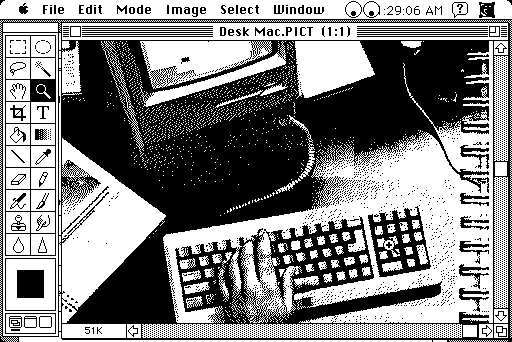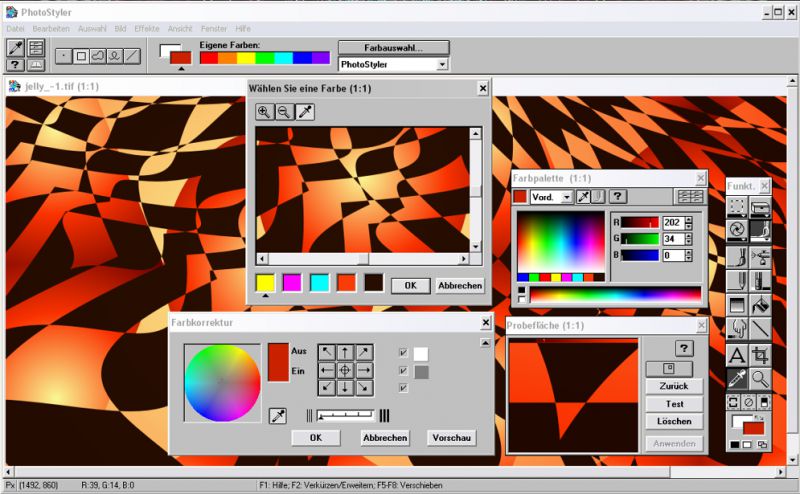

#Aldus photostyler 2 software
Aldus took steps to expand its software offerings beyond the market made up by Macintosh owners to reach the vast majority of computer users who relied on IBM-compatible PCs. Demand for its unique software had grown rapidly, and Aldus anticipated sales of $10 million for 1986.

In October 1985, Aldus released an international version of PageMaker half a year later, it began to market an upgraded version of the program, PageMaker 1.2. In return, Apple featured Aldus's software in much of its advertising, and also helped the fledgling company distribute its program. Aldus helped Apple to market its hardware to customers who wanted desktop publishing capabilities.

The interdependency of Aldus and Apple products spurred the companies' close cooperation. The program's popularity soon began to drive sales of the Macintosh computer. Retailing for $495, PageMaker opened up a whole new field of possibilities for use of the personal computer (PC). With this software program, users could create professional-quality newspapers, newsletters, brochures, pamphlets, and other graphic products. Brainerd called this innovation 'desktop publishing.' This advance was made possible by the graphic capabilities of the newly introduced Macintosh computer, marketed by Apple Computer Inc., so Brainerd and his partners designed their program explicitly for use on the Macintosh.Īfter 16 months of work, Aldus released PageMaker in July of 1985. They aimed for a process that would be relatively easy to use and far less expensive than conventional printing processes. When a page was completed, it would then be printed out all at once on a computer laser printer. The founders of Aldus set out to produce a computer software program that would allow its users to 'paste up' text and graphics together on a screen, creating a product that closely resembled a page made in the conventional fashion, with cutting and pasting. He went on to found the first modern publishing house, the Aldine Press. Manutius had standardized the rules of punctuation and also invented italic type. He and his partners decided to name their company Aldus, after Aldus Manutius, a fifteenth-century Venetian pioneer in publishing. Rather than transfer to another location, Brainerd and five other Atex engineers decided to stay in the Pacific Northwest and start up their own company.Īfter selling his Atex stock, Brainerd used the $100,000 he had earned to found the new enterprise. In 1983, this company was purchased by Eastman Kodak, which decided to close the plant in Redmond, Washington, where Brainerd was working. In 1980 he joined Atex, a company that sold computer-assisted publishing equipment to the newspaper industry.

Brainerd had earned a graduate degree in journalism at the University of Minnesota before taking a job in production at the Minneapolis Star and Tribune. Since the mid-1980s, the company has grown steadily, but has continued to rely heavily on its flagship program into the 1990s.Īldus was founded in late February 1984 by Paul Brainerd. Although the company has not been able to match the inventiveness of its original program, it is a major American producer of desktop publishing and graphics software, selling a dozen different computer programs in 19 languages in 50 different countries. Aldus Corporation revolutionized the use of personal computers when it introduced its PageMaker program in 1985, virtually creating the desktop publishing industry.


 0 kommentar(er)
0 kommentar(er)
